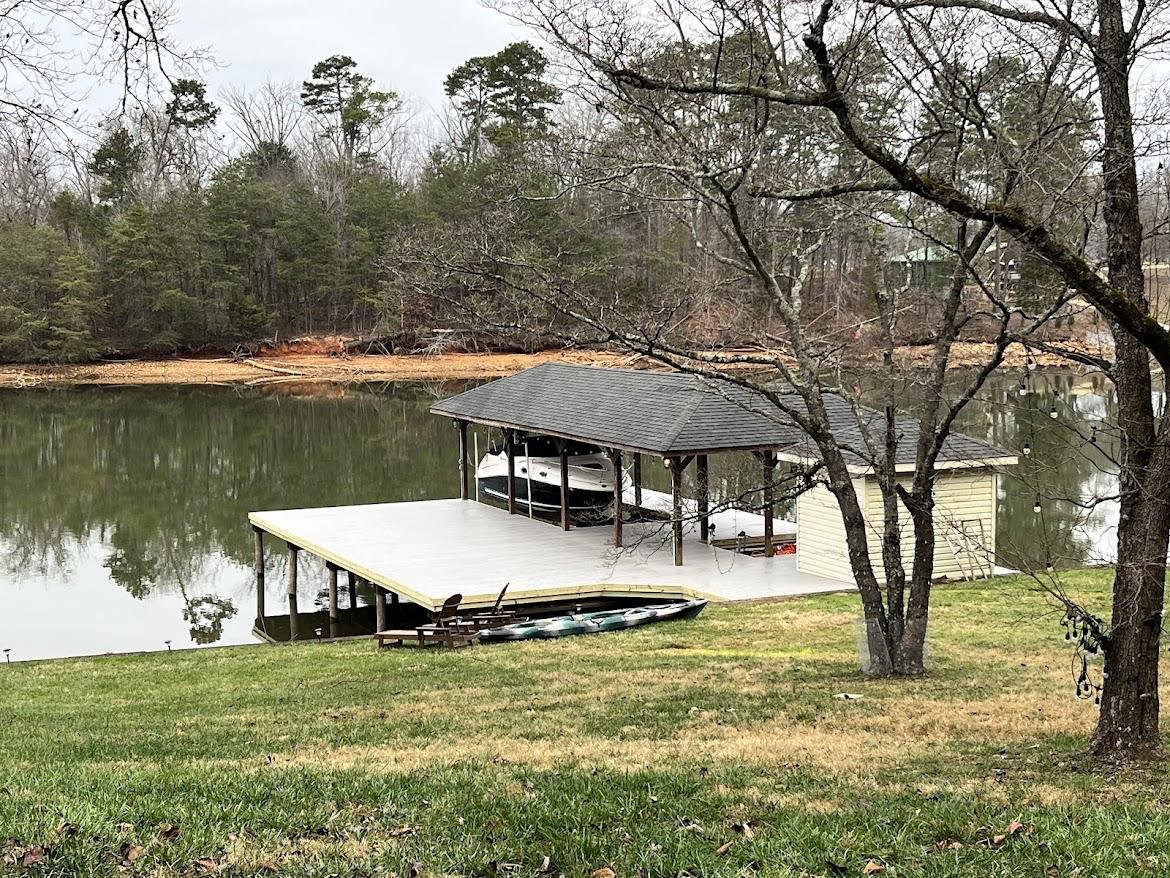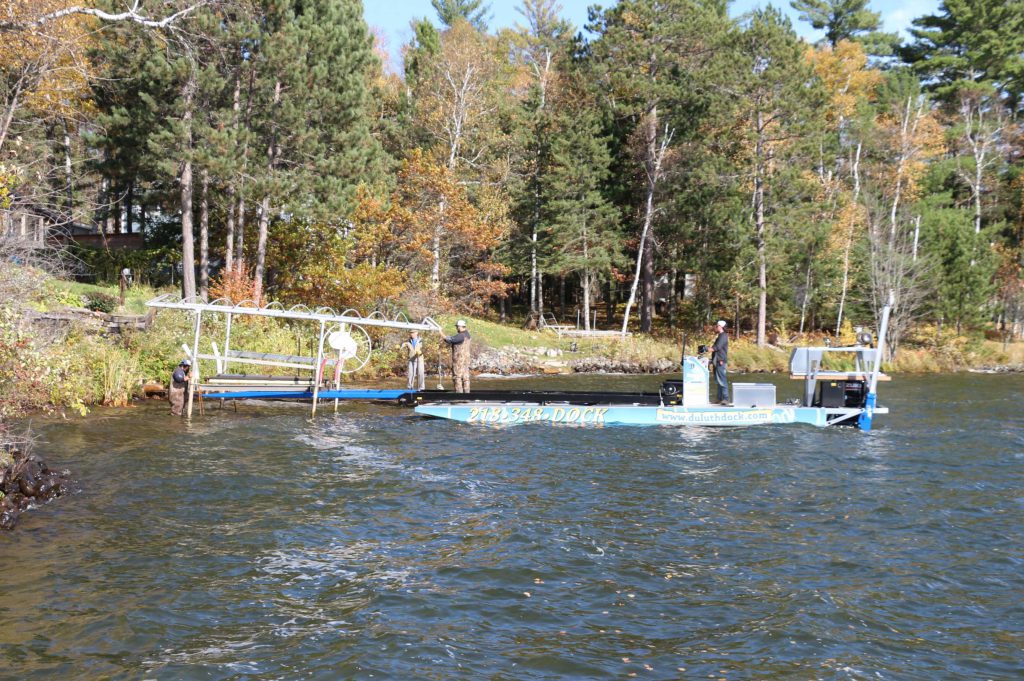Exactly How to Address Common Dock Repair Service Issues for Safe Water Activities

Identifying Common Dock Issues
Recognizing common dock problems is crucial for keeping the performance and security of your beachfront building. Routine evaluations can help reveal problems prior to they come to be severe, making sure both the longevity of the dock and the safety and security of those who utilize it. One prevalent issue is loose or corroded bolts. In time, screws, bolts, and various other fasteners can come to be loose because of consistent exposure to water and weather condition components, causing architectural instability.
Another usual problem is the destruction of flotation protection tools. These gadgets are essential for maintaining the dock buoyant, and any type of damage or leaks can trigger the dock to listing or sink. Frequently looking for leaks or waterlogged floats can preempt a lot more substantial problems.
Furthermore, algae and barnacle build-up on the dock's surface can create harmful and unsafe conditions. This biofouling not just poses a danger to individuals yet can additionally speed up the deterioration of the dock products.
Last but not least, inspecting for indicators of corrosion on metal elements is necessary. Rust can endanger the integrity of the dock's framework, making it unsafe. By regularly recognizing these common dock issues, you can guarantee that your dock stays practical and secure for years to come.
Fixing Rotting Timber
When resolving the problem of decomposing timber on your dock, it is important to act promptly to avoid further damage. Begin by completely evaluating the whole framework to recognize all affected locations. Use a screwdriver to penetrate the timber; if it sinks in easily, the wood is likely decayed and requires immediate interest.
Be sure to reduce back to healthy and balanced, strong wood, ensuring you eliminate all jeopardized product. After elimination, deal with the continuing to be timber with a wood chemical to stop future rot.
Next, replace the removed areas with marine-grade lumber or pressure-treated timber, which are much more immune to water damages. Secure the new items with galvanized or stainless-steel fasteners to avoid corrosion. Additionally, using a water resistant sealer to the new timber can provide an extra layer of protection.
Protecting Loose Boards
Exactly how do you guarantee your dock remains useful and secure for all its customers? One important aspect is securing loosened boards, which can or else present substantial hazards. Loosened boards not just boost the danger of stumbling yet can also jeopardize the structural stability of the entire dock.

For reinstallation, use galvanized or stainless steel screws, as these materials provide remarkable resistance to corrosion in aquatic atmospheres. Guarantee the screws are long enough to penetrate deep into the underlying support structure, but not so lengthy that they stick out via the dock's surface. Pre-drilling pilot openings can help stop the wood from splitting.
Last but not least, preserve a regular examination routine to identify and deal with any type of brand-new problems promptly. By securing loosened boards efficiently, you add to the general safety and security and durability of your dock, making it a dependable system for water activities.
Maintaining Unstable Pilings
Making sure the stability of unsteady pilings is paramount to keeping a risk-free and useful dock. Unstable pilings can jeopardize the entire framework, posing considerable dangers to users and potentially causing pricey fixings. The very first step in stabilizing these essential parts is a complete assessment. Check out the pilings for indications of rot, damages, or shifting. Use a level to look for vertical alignment and guarantee they are driven deep enough right into the substratum to offer ample support.
If the pilings are located to be unstable, one reliable technique for reinforcement is using added supporting. Cross-bracing with treated lumber or galvanized metal can substantially improve security. Anchor the dental braces securely to both the pilings and the dock structure to disperse loads equally.

Routine upkeep and routine reassessment of the pilings' stability are vital to ensuring lasting dock safety and performance.
Replacing Rusty Equipment
Attending to unstable pilings is simply one aspect of maintaining a dock's honesty; an additional crucial worry is changing rusty equipment. With time, direct exposure to wetness and salt can lead to the oxidation and rust of braces, screws, and screws, endangering the whole framework's safety. Routine inspection for rust is important, particularly after extreme weather condition or seasonal adjustments.
When corroded equipment is recognized, instant action is called for. Begin by picking marine-grade stainless steel or galvanized hardware, both created to resist the severe marine atmosphere. Ensure that you have article the suitable devices, such as screwdrivers and wrenches, to safely get rid of the old, rusty pieces without triggering more damage to the dock.
After getting rid of the rusty hardware, completely tidy the affected locations to remove any residual corrosion or particles. Apply a rust-inhibiting primer to revealed metal surfaces prior to installing the brand-new equipment. Tighten all fixtures securely to avoid future helping to loosen, and periodically check the fittings to make certain continuous stability.
Replacing rustic hardware not just extends the dock's lifespan however likewise dramatically enhances the safety of water tasks. By proactively taking care of deterioration, you secure both the framework and its individuals, making certain a safe and secure and satisfying waterside experience.
Conclusion
Normal examinations and maintenance are essential to deal with common dock repair problems and ensure risk-free water activities. Such aggressive measures add to the general security and functionality of dock structures, fostering a safe environment for water-based activities.
Ensuring the security of water activities pivots dramatically on the correct upkeep and repair service of anchors (Dock Repairs). These gadgets are essential for keeping the dock buoyant, and any kind of damages or leaks can create the dock to checklist or sink. By regularly identifying these usual dock issues, you can ensure that your dock continues to be secure and useful for years to come
Making sure the stability of unstable pilings is paramount to maintaining a risk-free and practical dock.Routine inspections and maintenance are necessary to deal with typical dock repair service problems and guarantee secure water tasks.